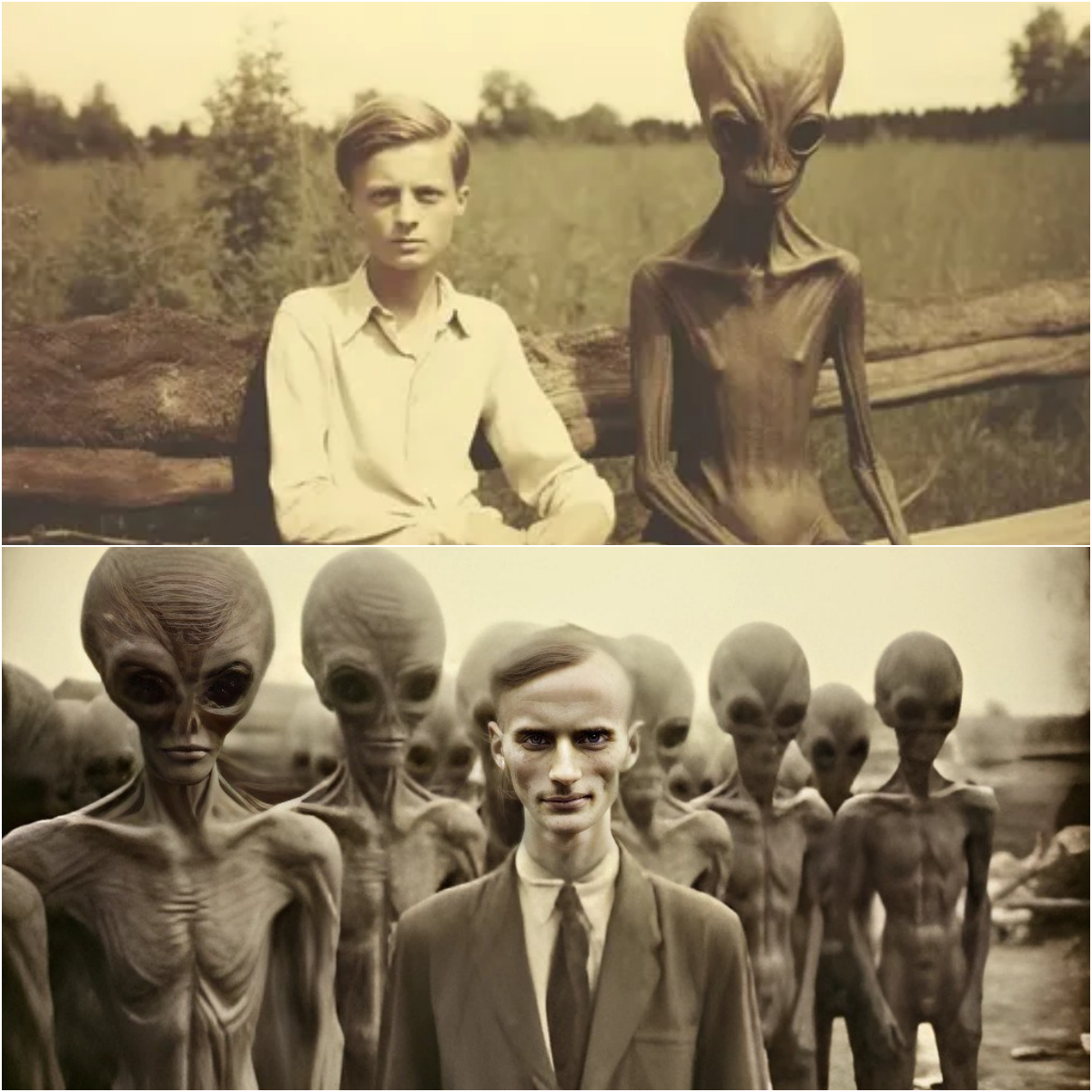Human sacrifices were performed here. The other is St Peter’s Square, Vatican City. Coincidence?
In the annals of history, certain locations stand as enigmatic symbols, shrouded in mystery and intrigue. Two such places, separated by continents and millennia, have captured the imagination of scholars and adventurers alike: Teotihuacan's Valley of the Dead in Mexico and St. Peter's Square in Vatican City. Despite their disparate origins and purposes, a curious coincidence binds these sites together: both have been associated with rituals of sacrifice and spiritual significance. Join me as we embark on a journey to uncover the secrets of these ancient locales and explore the intriguing parallels that connect them.

The Enigma of Teotihuacan's Valley of the Dead
Nestled within the ancient city of Teotihuacan lies the Valley of the Dead, a haunting landscape steeped in history and myth. Here, amidst the remnants of majestic pyramids and sprawling avenues, archaeologists have uncovered evidence of ritualistic practices, including human sacrifices. The significance of these macabre ceremonies remains a subject of debate among scholars, with theories ranging from religious offerings to acts of appeasement. As you peruse the accompanying images, you'll catch glimpses of the awe-inspiring ruins that dot the landscape, each bearing silent witness to the rituals of a bygone era.
Echoes of the Past: St. Peter's Square and the Vatican
Fast forward to the present day, and we find ourselves in the heart of Vatican City, standing in the shadow of St. Peter's Basilica. While this iconic square may seem worlds apart from the ancient ruins of Teotihuacan, a closer examination reveals intriguing parallels between the two sites. Just as the Valley of the Dead was once a center of religious pilgrimage and ritual, so too is St. Peter's Square a focal point of spiritual devotion for millions of Catholics around the world. From the solemn processions of the papal conclave to the jubilant celebrations of Easter Mass, the square has borne witness to centuries of sacred rites and ceremonies. As you explore the images capturing the grandeur of St. Peter's Square, reflect on the enduring power of ritual and tradition in shaping human history.
Unveiling Ancient Discoveries: A Journey through Time
As we delve deeper into the mysteries of Teotihuacan and Vatican City, it's worth pausing to consider the ancient discoveries that continue to captivate and inspire us. Archaeological excavations in both locations have yielded a treasure trove of artifacts and insights into the cultures that once thrived there. From intricate murals depicting scenes of daily life to exquisite sculptures honoring deities and rulers, these relics offer tantalizing glimpses into the beliefs and practices of ancient civilizations. As you browse through the images showcasing these remarkable discoveries, marvel at the ingenuity and creativity of our ancestors and contemplate the enduring legacy they have left behind.
Conclusion
In the tapestry of human history, threads of connection and coincidence often weave together disparate elements into a unified narrative. While the Valley of the Dead and St. Peter's Square may seem worlds apart in both time and space, they share a common thread of spiritual significance and ritualistic tradition. As we journey through the landscapes of Teotihuacan and Vatican City, may we continue to unravel the mysteries that bind us to our past and illuminate the path forward. Whether exploring ancient ruins or venerating sacred sites, let us heed the lessons of history and cherish the cultural heritage that unites us all.










